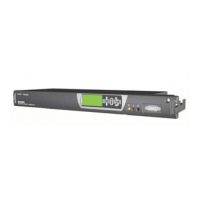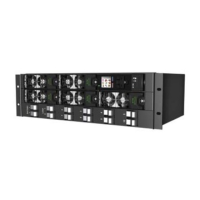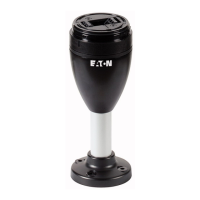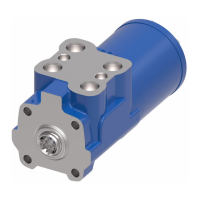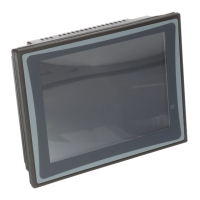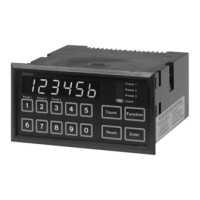2 I/O modules EU5E-SWD…
2.3 Engineering
22 SmartWire-DT module IP20 01/20 MN05006001Z-EN www.eaton.com
2.3 Engineering
The SmartWire-DT I/O modules are meant for connecting additional sensors
and actuators that do not feature integrated SmartWire-DT capabilities.
When installed, these modules are placed in the immediate vicinity of the
corresponding sensors or actuators, which significantly reduces the remain-
ing wiring. The signal and supply cables are connected to the SmartWire-DT
ribbon cable through SmartWire-DT device plug SWD4-8SF2-5. The connec-
tion to the inputs and outputs and the optional power supply is implemented
with push-in terminals.
The push-in terminals are designed to accommodate wires with a gauge of
AWG24 to AWG16 and wires with a cross-sectional area of 0.25 to 1.5 mm
2
.
2.4 Programming, setting the parameters
For information on programming, including the scope and structure of the
corresponding data, please refer to the relevant detailed descriptions.
The SmartWire-DT I/O modules can be configured flexibly, with the available
configuration options depending on the specific part no. being used. The type
of parameter configuration will vary depending on the selected SmartWire-
DT coordinator (gateway, PLC, etc.). For special instructions for the CANo-
pen and EtherCAT protocols, please refer to the I/O module descriptions.
When using these protocols, the modules need to be configured by entering
the appropriate parameter values.Installation
→
The I/O modules draw their energy for communication electron-
ics, activation of the LEDs and of the I/O modules from the
SmartWire-DT network supply.
Observe the total power consumption of your SmartWire-DT
network and, if necessary, plan for an additional feeder module
EU5C-SWD-PF2-1.
→
For the I/O module’s power consumption, see the table in the
appendix on 253.
→
The individual sections describe the structure behind the param-
eter data and explain how to figure out what the correct param-
eter data should be.
For additional information, please refer to "Fieldbus-specific
characteristics" in the "Parameter configuration" section for each
individual module.
For general information on the EtherCAT fieldbus system,
please refer to → Chapter 12 “Using SWD modules with the
EtherCAT field bus”, page 247.
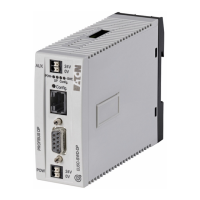
